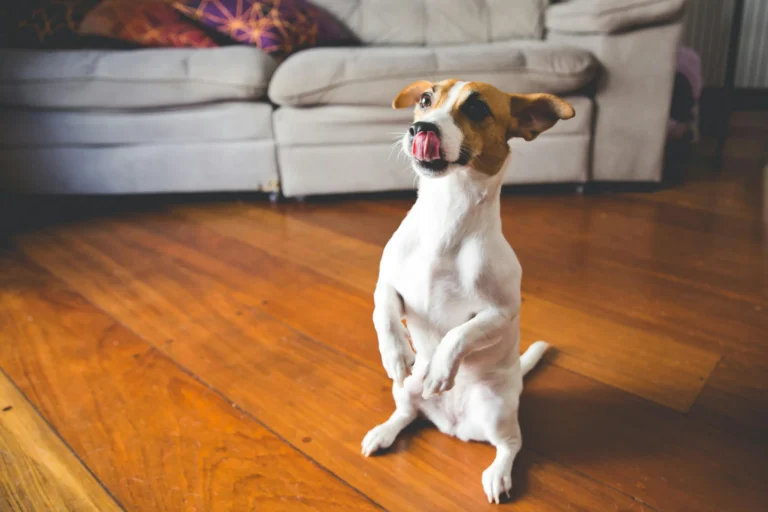15 Calming Dog Anxiety Facts Every Owner Needs to Know
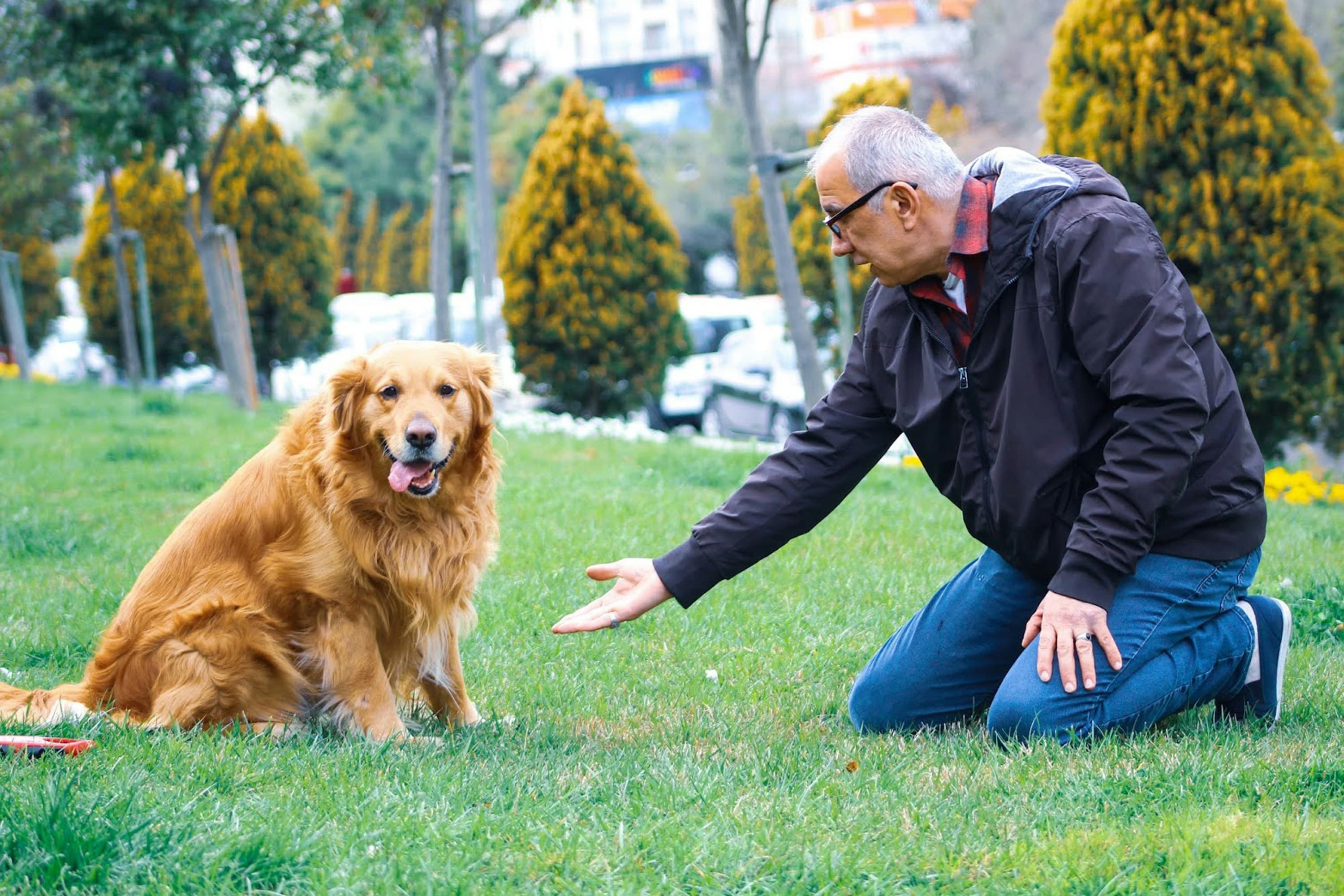
It’s heartbreaking to see your dog struggle with anxiety, but you’re not alone. Many dogs face anxiety at some point, whether it’s due to loud noises, being separated from you, or meeting new people. The good news? Anxiety in dogs is manageable, and with the right tools and knowledge, you can help your dog live a calm, happy life.
Here are the 15 calming dog anxiety facts every dog owner needs to know:
- 72% of Dogs Will Experience Anxiety at Some Point in Their Life
- Noise Sensitivity Affects 32% of Dogs
- 14-20% of Dogs Experience Separation Anxiety
- Around 20-25% of Dogs Are Scared of Strangers or Other Animals
- Dogs Love Routine and Consistency
- Exercise Helps Relieve Stress and Anxiety
- Positive Reinforcement Builds Confidence and Reduces Fear
- Create a Safe Space for Your Dog to Calm Down
- Classical Music Can Help Soothe Your Dog
- Massage Therapy Helps Reduce Tension
- Products Like Anxiety Wraps and Pheromone Diffusers Work
- Desensitization Helps Dogs Overcome Fears
- Professional Training Can Help Manage Anxiety
- Medication Can Be Helpful for Severe Anxiety
- Your Presence Can Comfort Your Dog and Help Them Relax
1. 72% of Dogs Will Experience Anxiety at Some Point in Their Life
It’s surprising to know that 72% of dogs will experience anxiety at some point during their lives. This can happen for several reasons like fear of loud noises, being left alone, or even meeting unfamiliar people or animals. Anxiety in dogs is pretty common, and many owners notice changes in their dog’s behavior when they’re feeling anxious. You might see your dog acting unusually, like excessive barking, drooling, or hiding under furniture.
Understanding that this is something almost all dogs go through at some point makes you realize you’re not alone. The good news is that there are simple steps you can take to help calm your dog’s nerves and give them comfort. Recognizing the signs early can make it easier to find solutions that work for your dog and reduce their stress over time.
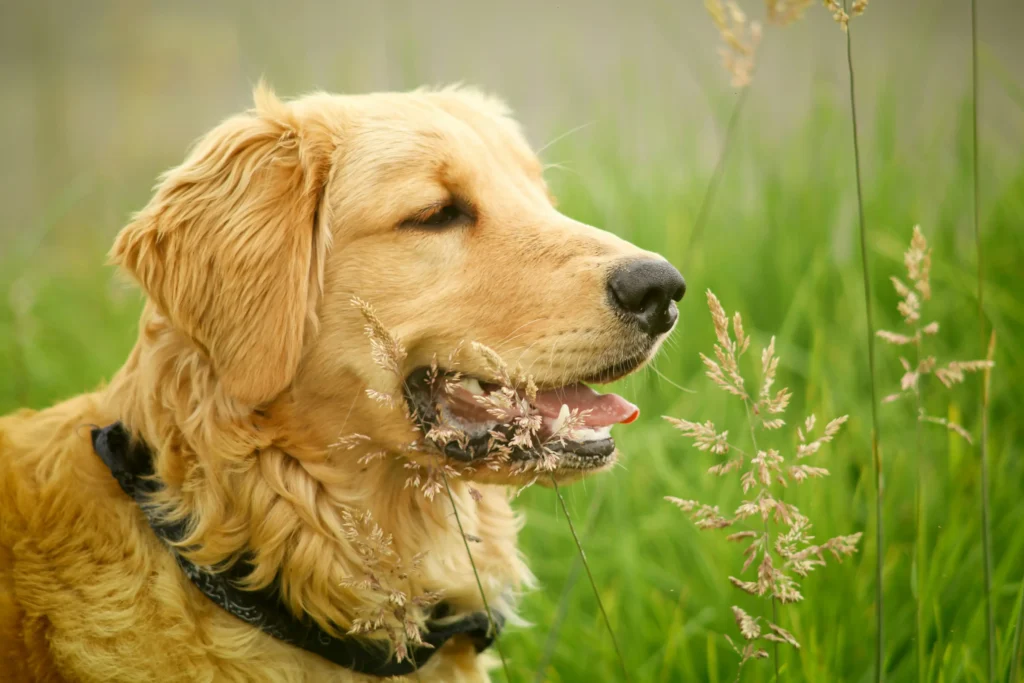
2. Noise Sensitivity Affects 32% of Dogs
Loud noises like thunder, fireworks, or even the sound of a vacuum cleaner can be a huge source of stress for dogs. In fact, 32% of dogs are sensitive to noise. When dogs hear something loud or unexpected, they might tremble, hide, or even try to run away. This can be especially difficult for dogs during storms or holiday seasons when loud sounds are common.

To help your dog deal with noise sensitivity, try creating a safe space where they can feel secure. This could be a crate or a quiet room where they can retreat when they feel scared. Many dogs find comfort in having a familiar space to escape to. You can also use calming music or a white noise machine to help block out the noise. This can help your dog stay relaxed even during thunderstorms or fireworks.
3. 14-20% of Dogs Experience Separation Anxiety
Separation anxiety affects around 14-20% of dogs. This happens when your dog feels distressed or scared when you leave them alone. You might notice your dog barking excessively, scratching at the door, or even having accidents inside the house. Separation anxiety can be stressful for both you and your dog, but with patience and the right approach, it can be managed.
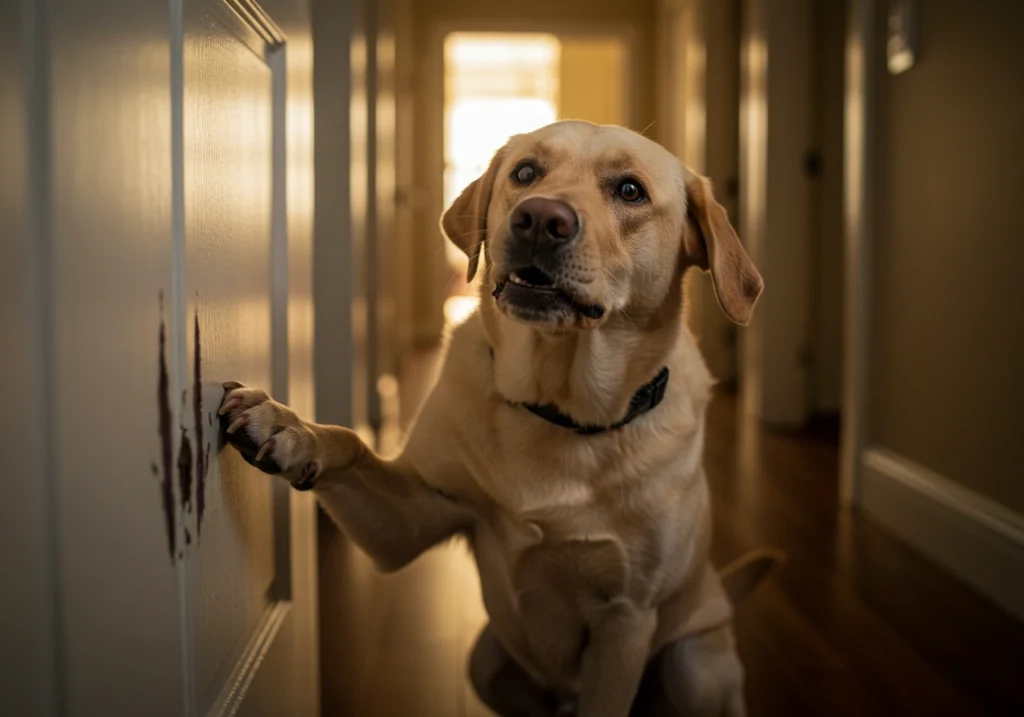
One effective way to help your dog is by gradually getting them used to being alone. Start by leaving them for short periods of time and then slowly increase the time you’re away. During this process, try to stay calm and act normal when leaving and returning to avoid adding to their anxiety. You can also give your dog interactive toys like puzzle feeders to keep them busy and distracted while you’re gone.
4. Around 20-25% of Dogs Are Scared of Strangers or Other Animals
It’s not just loud noises that can make a dog anxious; some dogs are scared of strangers or other animals. About 20-25% of dogs experience this type of fear. Dogs can become fearful when they encounter unfamiliar people or animals, and this can cause them to act out by growling, barking, or even trying to hide.

To help your dog become more comfortable around strangers or other animals, you can start by exposing them to new people and animals slowly. Let your dog approach them at their own pace, and always reward calm behavior with treats. This way, your dog will learn that meeting new people or animals can be a positive experience.
5. Dogs Love Routine and Consistency
Dogs are creatures of habit, and they love having a routine. When their day-to-day schedule is consistent, it can help them feel safe and secure. Changes in their routine, like unpredictable feeding times or exercise schedules, can cause stress and anxiety. Keeping things predictable helps your dog know what to expect, which can reduce anxiety.

For example, try to feed your dog at the same time each day and take them for walks at similar times. This consistency gives them a sense of stability and comfort, reducing stress. It’s also important to keep their environment familiar by not moving their bed or favorite toys too often. Dogs find security in routine, and it can help them feel more at ease.
6. Exercise Helps Relieve Stress and Anxiety
Exercise is one of the best ways to help your dog manage anxiety. When dogs get enough physical activity, it not only helps them burn off excess energy but also boosts their mood. Exercise releases endorphins, the body’s natural “feel-good” chemicals, which can reduce stress and anxiety.
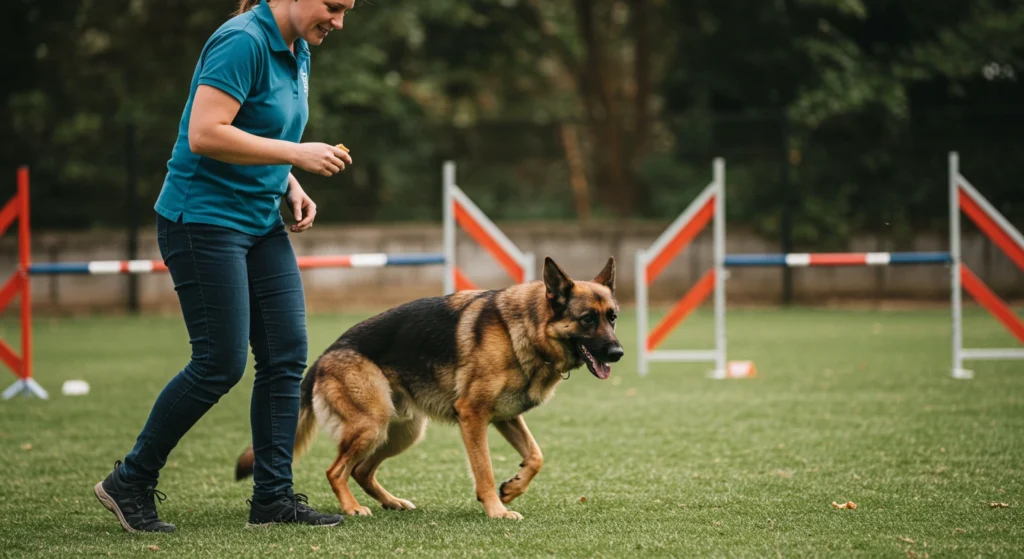
Try to incorporate daily walks, playtime, or interactive games like fetch into your dog’s routine. Depending on their age and breed, the amount of exercise your dog needs can vary, but even a short walk can help calm their nerves. Regular exercise also helps dogs get tired, which means they’re more likely to rest and relax when they’re done.
In fact, studies have shown that regular exercise can significantly reduce anxiety in dogs. For example, a study conducted by the University of Bristol found that dogs who exercised regularly were less likely to show signs of separation anxiety. Whether it’s a walk around the block or a game of fetch in the backyard, keeping your dog active is one of the easiest and most fun ways to calm them down. And if you can do it outside, the fresh air will help them feel even better!
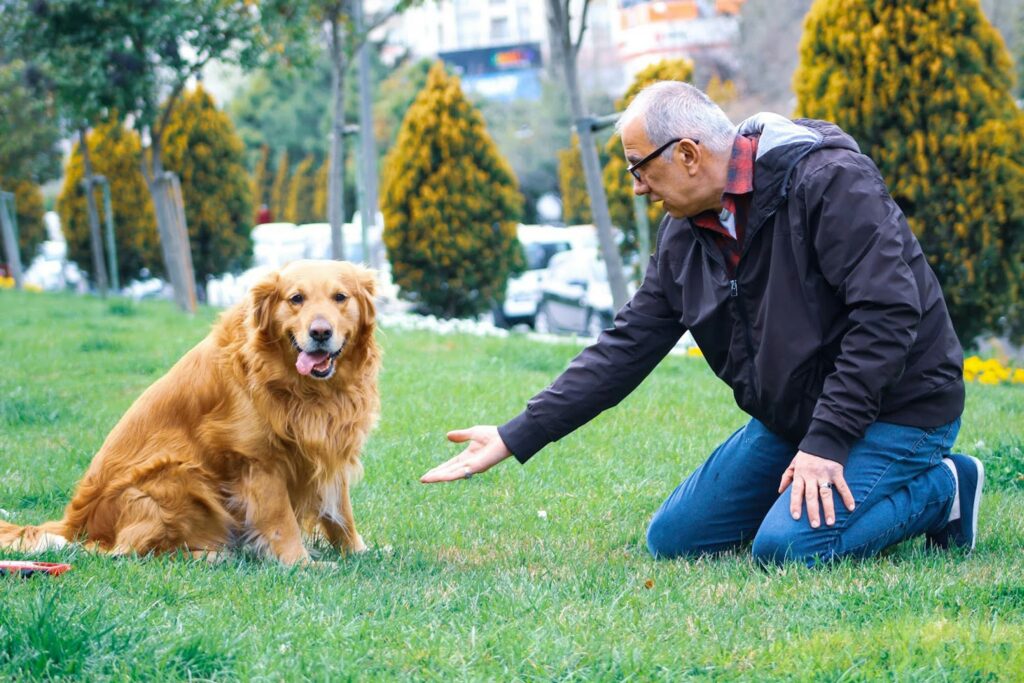
7. Positive Reinforcement Builds Confidence and Reduces Fear
Positive reinforcement is a key part of helping your dog overcome anxiety. This involves rewarding your dog for calm behavior, which can encourage them to repeat that behavior in the future. Dogs who are anxious or fearful can benefit from this method because it helps them learn that calmness and good behavior lead to rewards, making them feel more secure.
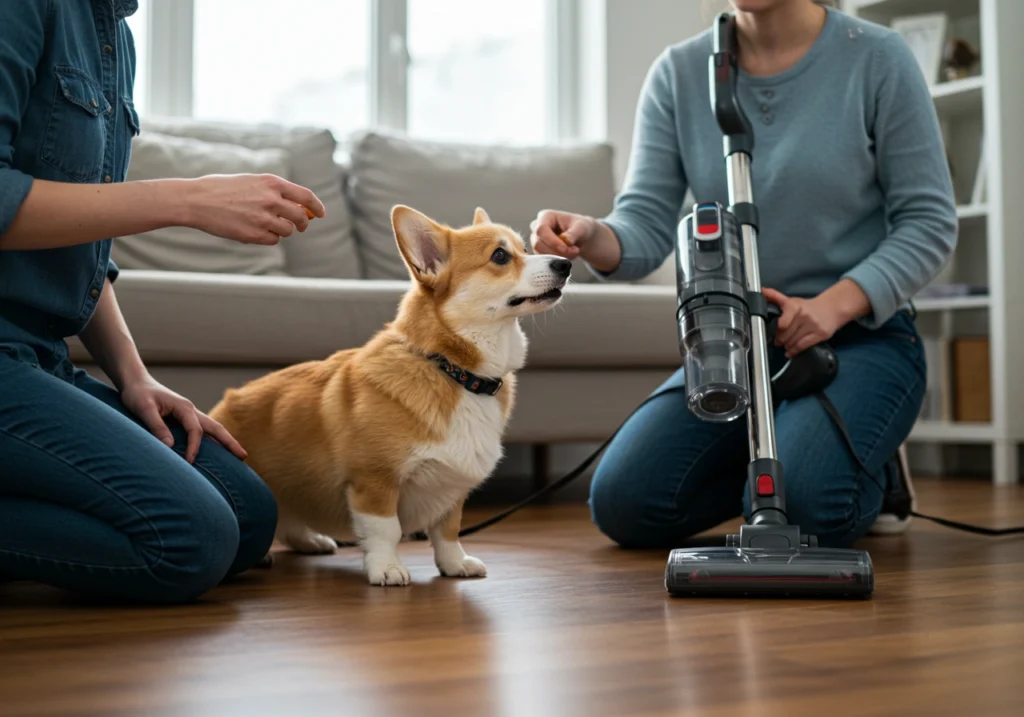
For instance, if your dog shows calm behavior when meeting a new person, reward them with treats or praise. Over time, they’ll associate new situations with positive outcomes, reducing their anxiety. This method helps to build their confidence and teaches them that there’s nothing to fear. The American Kennel Club (AKC) notes that positive reinforcement training is one of the most effective ways to deal with anxious behavior in dogs.
8. Create a Safe Space for Your Dog to Calm Down
Having a designated safe space is one of the simplest ways to help your dog manage anxiety. This could be a cozy crate, a quiet room, or even just a corner of the house with their favorite bed and toys. When your dog feels anxious, they can retreat to this space to feel safe and secure.
In fact, 70% of dogs with anxiety benefit from having a “safe haven” to go to during stressful situations. When they’re in their safe space, they can relax without feeling overwhelmed by outside stimuli. Be sure to keep this space comfortable and familiar to your dog, and try to make it a place they associate with relaxation rather than punishment.
9. Classical Music Can Help Soothe Your Dog
Believe it or not, classical music can be incredibly calming for dogs. Studies have shown that dogs who listen to soothing music, particularly classical compositions, show lower signs of stress and anxiety. One study from the University of Glasgow revealed that dogs who listened to classical music were much more relaxed than those who were exposed to heavy metal or pop music.
You can play some gentle music during stressful times like storms or when you’re leaving the house. Classical music with a slow tempo is particularly effective at reducing anxiety. It helps mask sudden loud noises and creates a peaceful environment for your dog.
10. Massage Therapy Helps Reduce Tension
Just like humans, dogs can benefit from a good massage to help relax their muscles and reduce stress. Gently massaging your dog can help ease tension in their body, calm their nerves, and improve their overall mood. Many dog owners find that a massage, especially when given regularly, can have a significant impact on reducing anxiety.
Research published in the Journal of Veterinary Behavior found that dogs who received massages showed signs of relaxation and stress relief. You don’t need to be a professional simply massaging your dog’s neck, shoulders, and back in a gentle, rhythmic motion can make them feel much more at ease.
11. Products Like Anxiety Wraps and Pheromone Diffusers Work
There are a variety of products on the market designed to help alleviate anxiety in dogs. Anxiety wraps, like the Thundershirt, are one of the most popular. These wraps apply gentle pressure to the dog’s body, which can have a calming effect. It’s similar to how swaddling an infant can help them feel secure.
Pheromone diffusers are also effective. These devices release synthetic versions of calming pheromones that help dogs feel more relaxed. According to studies, dogs exposed to pheromone diffusers experience less stress during situations that typically trigger anxiety, such as during thunderstorms or when left alone.
12. Desensitization Helps Dogs Overcome Fears
Desensitization is a technique that helps dogs gradually become more comfortable with things that cause them anxiety, such as loud noises or unfamiliar people. The process involves slowly exposing your dog to the source of their anxiety in a controlled, non-threatening way, while pairing it with positive reinforcement.
For example, if your dog is afraid of the vacuum cleaner, you might start by turning it on in the next room and rewarding your dog for staying calm. Over time, you’ll increase the intensity, helping your dog build confidence and reduce their fear.
13. Professional Training Can Help Manage Anxiety
Professional training is often a game-changer for dogs with anxiety. Experienced trainers can assess your dog’s specific needs and develop a customized plan to address their anxiety triggers. They’ll teach you techniques like counterconditioning, which involves changing your dog’s emotional response to certain stimuli, and how to reinforce calm behavior.
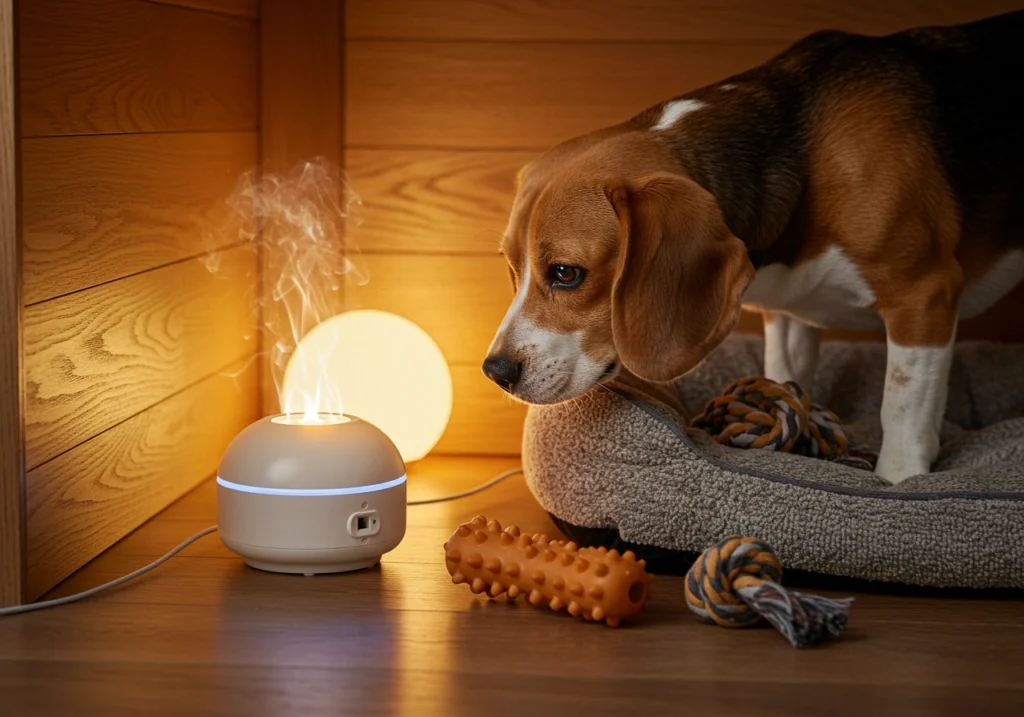
According to the American Veterinary Society of Animal Behavior, working with a professional trainer is one of the most effective ways to manage behavioral problems like anxiety. Whether it’s through group classes or private sessions, professional training can provide the tools and knowledge needed to help your dog feel more at ease.
14. Medication Can Be Helpful for Severe Anxiety
For some dogs, anxiety can be so severe that they may need medication to help them cope. Medications like antidepressants or anti-anxiety drugs can be prescribed by your veterinarian to help reduce the intensity of your dog’s anxiety. While medication isn’t a permanent solution, it can help manage symptoms, especially during times of heightened stress.
A study from the American Veterinary Medical Association found that medication can be very effective when combined with behavioral therapy. It’s important to work closely with your vet to find the right medication and dosage for your dog’s needs.
15. Your Presence Can Comfort Your Dog and Help Them Relax
Sometimes, the best remedy for your dog’s anxiety is simply your presence. Dogs are highly attuned to their owners’ emotions, and your calm demeanor can help reassure them. When your dog is anxious, sitting with them, petting them, or speaking in a soothing voice can provide comfort and make them feel safe.
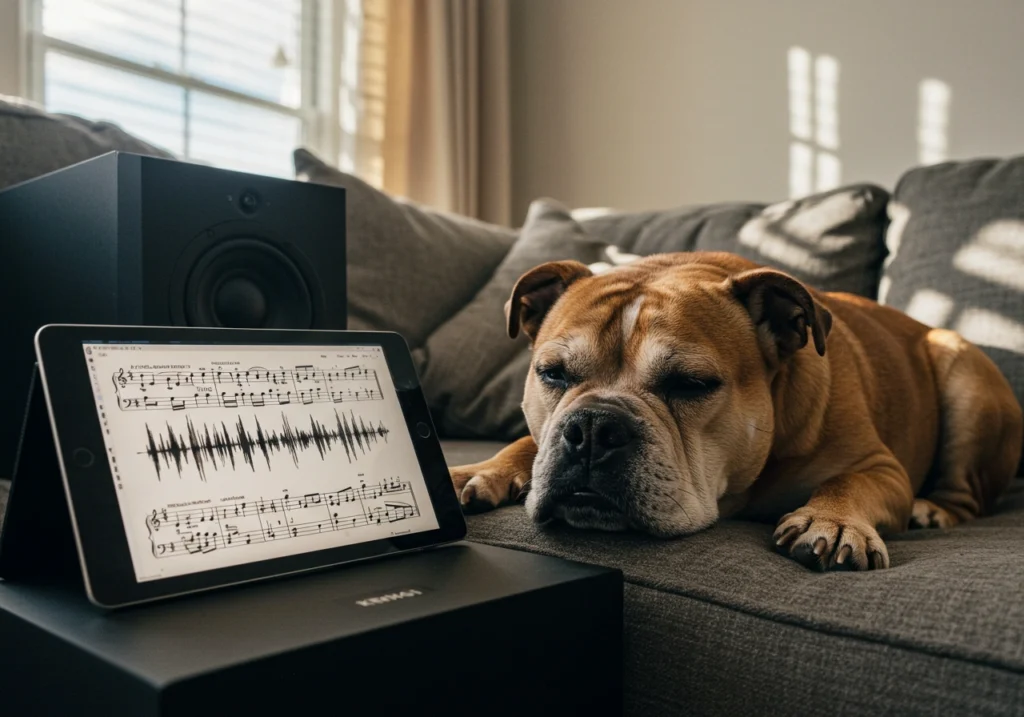
Research has shown that just being near their owner can reduce a dog’s anxiety levels. So, whether it’s during a thunderstorm or while you’re out of the house, knowing you’re there can give your dog the peace they need to feel secure again.
Helping your dog overcome anxiety is a journey, but with the right tools and understanding, you can make a big difference. By implementing these 15 calming facts and techniques, you can create a safe, comforting environment for your dog. Remember, each dog is unique, so finding what works best for your furry friend may take time. But with love, patience, and consistent care, you’ll help your dog feel calm, happy, and at ease in their world.



